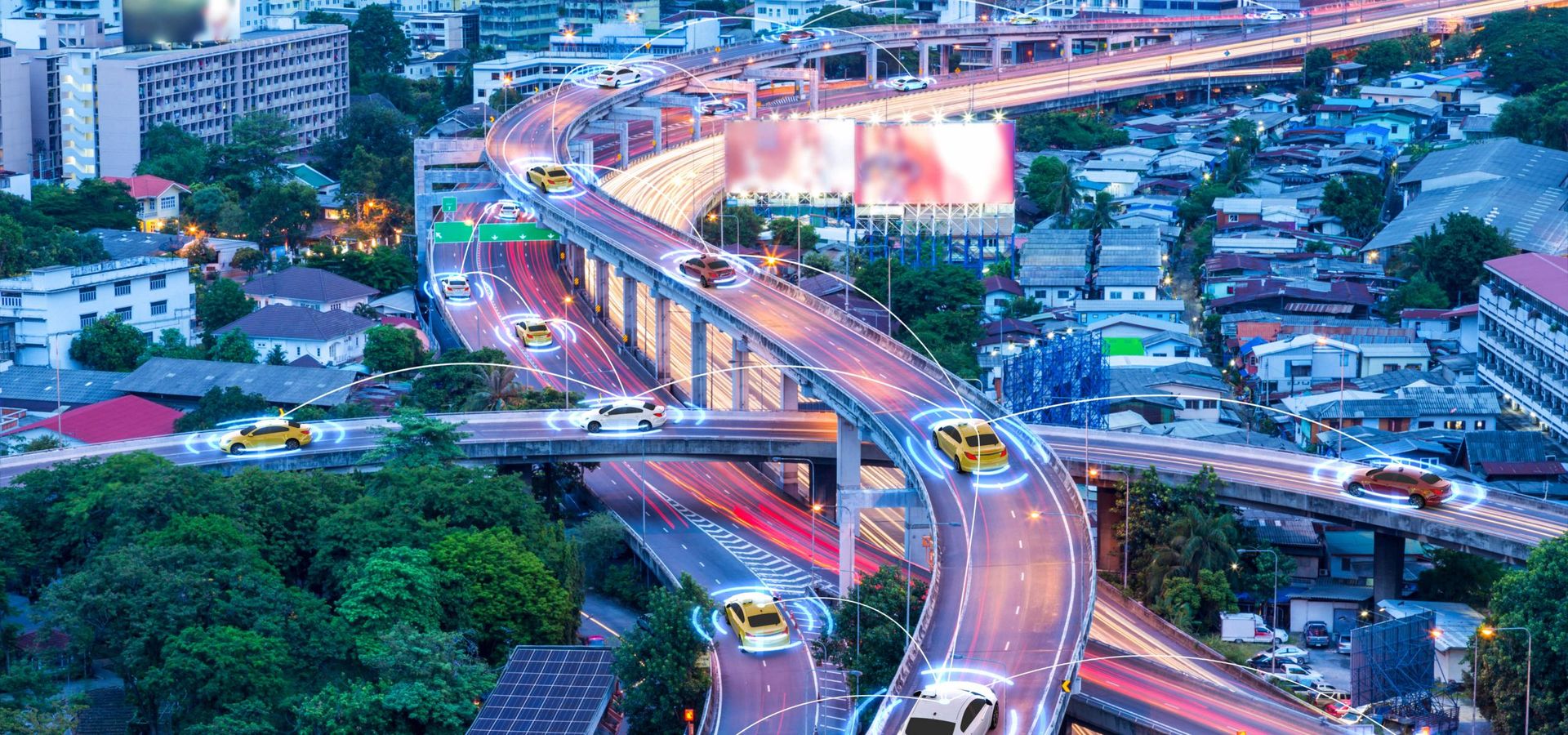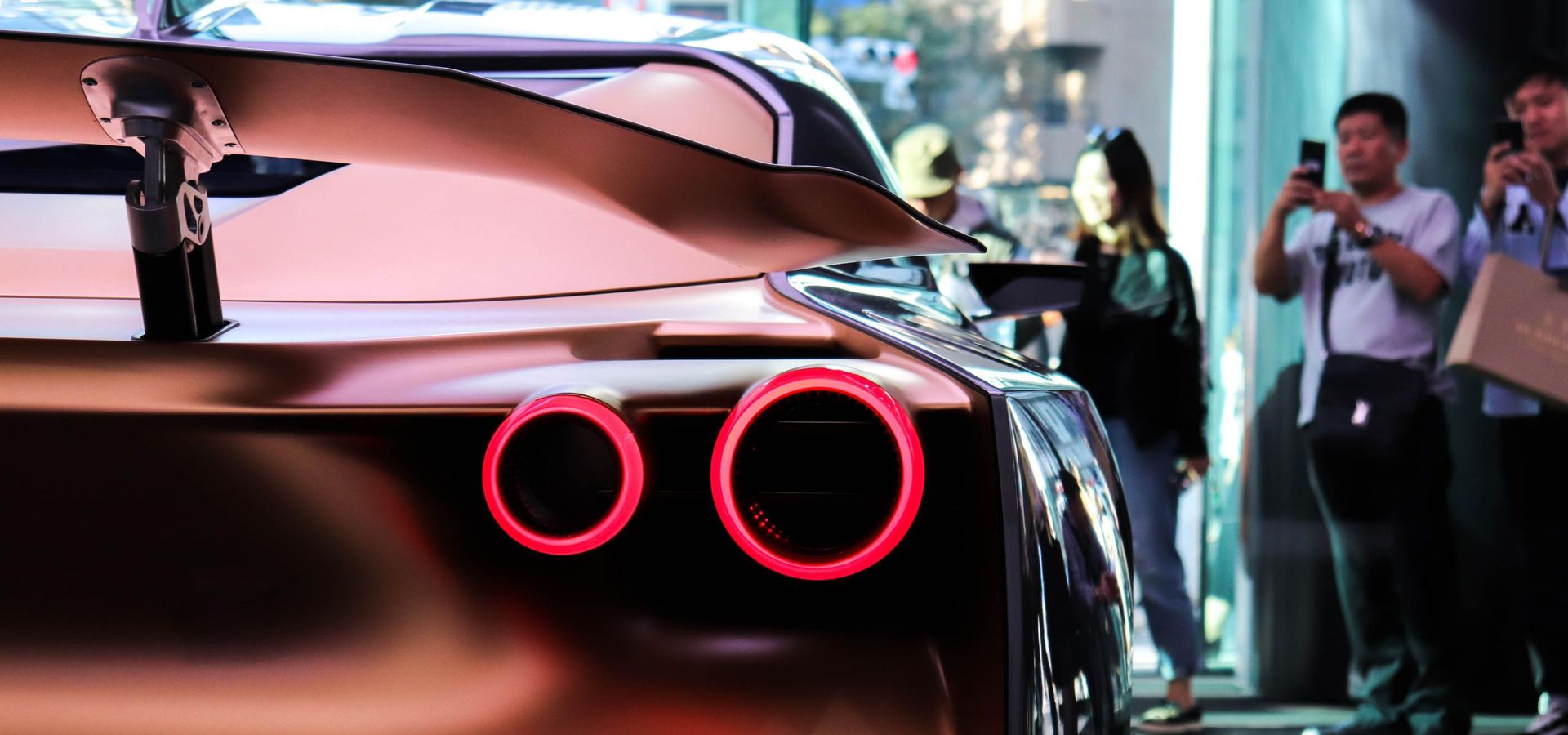Autonomous driving is both a rapidly advancing technology and a subject of controversy. At one extreme, people believe autonomous cars will ensure a better future with increased safety on the roads, reduced infrastructure costs, and enhanced mobility for children, the elderly, and the disabled. At the other extreme, many people are afraid of automotive hacking incidents, the risks of fatal crashes, and the loss of jobs related to driving. The American Automobile Association’s 2019 survey on consumers’ attitudes to autonomous driving found that 3 in 4 US adults are afraid of riding in a self-driving vehicle.
Without a doubt, autonomous driving is a complex and contentious technology for many people. In order to better understand just how safe self-driving cars are, it is important to figure out exactly how they work, as well as what types of sensors in autonomous vehicles help them to know where to go and to recognize objects on the road so as to prevent car accidents. But first, let’s look at the different levels of autonomous driving and their standing within automotive software development today.
5 levels of driving automation
Spanning from driver assistance to fully autonomous cars, there are five generally accepted levels of self-driving vehicles. These levels have been developed by the Society of Automotive Engineers (SAE), and they vary depending on the degree of human involvement in the act of driving. In fact, there are six levels in their classification, however, level zero correlates to having no automation and instead complete human control of the vehicle.
L1: Driver assistance
A human driver is responsible for all tasks associated with operating the car, including accelerating, steering, braking, and monitoring of the surrounding environment. There is a driving automation system in the car that helps with either steering or accelerating, but not both.
L2: Partial automation
At this level, the automation system in the car can assist with both steering and acceleration, while the driver is still responsible for most of the safety-critical functions and environment monitoring. Currently, the level 2 autonomous vehicles are by far the most common on the roads.
L3: Conditional automation
Starting from level 3 and onward, the car itself monitors the environment by utilizing autonomous vehicle sensors and performs other dynamic driving tasks, such as braking. The human driver has to be prepared to intervene if a system failure occurs or other unexpected conditions arise while driving.
L4: High automation
Level 4 correlates to a high level of automation, where the car is capable of completing an entire journey without any intervention from the driver, even in extreme cases. However, there are some restrictions: the driver can switch the vehicle into this mode only when the system detects that the traffic conditions are safe and there are no traffic jams.
L5: Full automation
Fully automated cars do not yet exist, but automakers are striving to achieve level 5 of autonomous driving where the driver simply specifies their destination and the vehicle takes complete control and responsibility for all driving modes. Therefore, level 5 cars will have no provisions for any human control, such as steering wheels or pedals.
While it certainly looks like a fantastic future, considering the recent proliferation of AI applications in automotive, fully automated vehicles are expected to enter the world in 2020–2021, according to public claims by such automotive manufacturers as Ford, Honda, Toyota, Volvo, and others. Currently, the market remains dominated by partially autonomous level 2 vehicles, with the total registration share of autonomous vehicles to reach 12% worldwide by 2030.
3 types of sensors in autonomous vehicles
Autonomous vehicles would be impossible without sensors: they allow the vehicle to see and sense everything on the road, as well as to collect the information needed in order to drive safely. Furthermore, this information is processed and analyzed in order to build a path from point A to point B and to send the appropriate instructions to the controls of the car, such as steering, acceleration, and braking.
Moreover, the information collected with the sensors in autonomous vehicles, including the actual path ahead, traffic jams, and any obstacles on the road, can also be shared between cars that are connected through M2M technology. This is called vehicle-to-vehicle communication, and it can be an incredibly helpful resource for driving automation.
The majority of today’s automotive manufacturers most commonly use the following three types of sensors in autonomous vehicles: cameras, radars, and lidars.
Camera sensors
How they work
Autonomous cars often have video cameras and sensors in order to see and interpret the objects in the road just like human drivers do with their eyes. By equipping cars with these cameras at every angle, the vehicles are capable of maintaining a 360° view of their external environment, thereby providing a broader picture of the traffic conditions around them.
Today, 3D cameras are available and utilized for displaying highly detailed and realistic images. These image sensors automatically detect objects, classify them, and determine the distances between them and the vehicle. For example, the cameras can easily identify other cars, pedestrians, cyclists, traffic signs and signals, road markings, bridges, and guardrails.
Areas for improvement
Unfortunately, these camera sensors are still far from perfect. Poor weather conditions such as rain, fog, or snow can prevent cameras from clearly seeing the obstacles in the roadway, which can increase the likelihood of accidents. Additionally, there are often situations where the images from the cameras simply aren’t good enough for a computer to make a good decision about what the car should do. For example, in situations where the colors of objects are very similar to the background or the contrast between them is low, the driving algorithms can fail.
Radar sensors
How they work
Radar (Radio Detection and Ranging) sensors make up a crucial contribution to the overall function of autonomous driving: they send out radio waves that detect objects and gauge their distance and speed in relation to the vehicle in real time.
Both short- and long-range radar sensors are usually deployed all around the car and each one has their different functions. While short range (24 GHz) radar applications enable blind spot monitoring, the ideal lane-keeping assistance, and parking aids, the roles of the long range (77 GHz) radar sensors include automatic distance control and brake assistance. Unlike camera sensors, radar systems typically have no trouble at all when identifying objects during fog or rain.
Areas for improvement
The pedestrian recognition algorithm definitely needs a lot of improvement, seeing as the automotive radar sensors used in today’s vehicles only correctly identify between 90% and 95% of pedestrians, which is hardly enough to ensure safety on the road. As well, the still widely-used 2D radars are not able to determine accurately an object’s height, as the sensors only scan horizontally, which can cause a variety of problems when driving under bridges or road signs. A wider variety of 3D radar sensors are currently being developed in order to solve these issues.
Lidar sensors
How they work
Lidar (Light Detection and Ranging) sensors work similar to radar systems, with the only difference being that they use lasers instead of radio waves. Apart from measuring the distances to various objects on the road, lidar allows creating 3D images of the detected objects and mapping the surroundings. Moreover, lidar can be configured to create a full 360-degree map around the vehicle rather than relying on a narrow field of view. These two advantages make autonomous vehicle manufacturers such as Google, Uber, and Toyota choose lidar systems.
Moreover, lidar can be configured to create a full 360° map around the vehicle rather than simply relying on a narrow field of view. These two advantages have led autonomous vehicle manufacturers such as Google, Uber, and Toyota to choose lidar systems for their vehicles.
Areas for improvement
Since rare earth metals are needed in order to produce adequate lidar sensors, these sensors are much more expensive than radar sensors used in autonomous vehicles. The systems required for autonomous driving can cost well beyond $10,000, while the top sensor being used by Google and Uber costs up to $80,000. Yet another problem is that snow or fog can sometimes block lidar sensors and negatively affect their ability to detect objects in the road.
The future of autonomous vehicle sensors and cars
Autonomous sensors play an essential role in automated driving: they allow cars to monitor their surroundings, detect oncoming obstacles, and safely plan their paths. In combination with automotive software and computers, they will soon allow the automation system to take over full control of the vehicle, thereby saving drivers a significant amount of time by doing tasks in much more efficient and safe ways. Given the fact that the average driver spends approximately 50 minutes in a car daily, just imagine how valuable autonomous vehicles could be for the fast-paced world we live in.
While autonomous vehicle technology appears to be developing at a continual pace, no commercially available vehicles have yet passed the required level 4 ranking for road-safe autonomous vehicles. However, considering the increasing implementation of AI in transportation as well as the recent onset of 5G, which allows to merge IoT and telecom for faster and broader-range transmission, manufacturers are likely to finally guarantee autonomous vehicle safety on the roads sooner than later.



